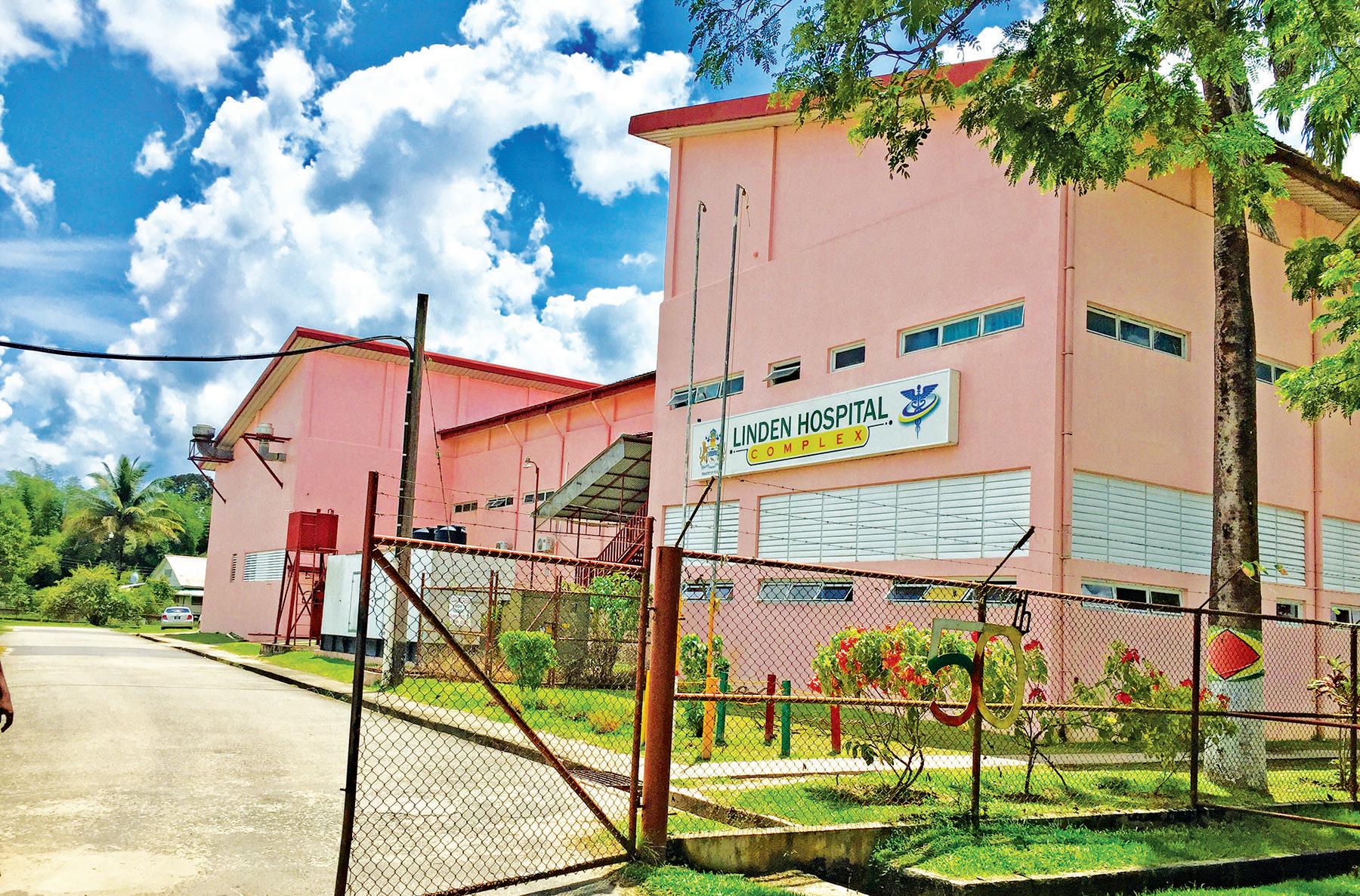
8 minute read
charged for P
FRIDAY, APRIL 9, 2021 | GUYANATIMESGY.COM
IN THE COURTS Sophia woman charged for killing ex-lover
A27-year-old woman who is accused of killing her ex-lover was on Thursday arraigned before Sparendaam Magistrate Alisha George on a charge of murder.
Particulars of the charge allege that on April 1, at School Street, Cummings Park ‘E’ Field Sophia, Eva Pearson of Lot 534 ‘D’ Field Sophia, Greater Georgetown murdered 46-year-old Darren Harris, a cook of E Field Cummings Park, Sophia, by allegedly stabbing him. Reports are that, on April 1, Pearson allegedly stabbed her former reputed husband Darren Harris after he reportedly ended their relationship.
The Police have reported that the two once shared a relationship, which ended a week prior to the man’s death.
According to Police, an eyewitness told detectives that she overheard an argument on the road, and she looked out of her home to investigate. As she looked out, she saw the now dead man falling to the ground and Pearson walking away from the scene.
An alarm was raised and residents rushed to the scene. Emergency Medical Technicians (EMTs) pronounced Harris dead at the scene.
Police have since confirmed that the body bore three stab wounds – one to the left side chest and two to the left side upper back.
Pearson was later arrested at her home, where it was observed that she, too, was bleeding profusely from a wound between her right index and ring fingers.
She reportedly claimed that she and Harris were involved in a scuffle, during which the deceased chopped her and, in retaliation, she took away the knife and inflicted several wounds about his body. Police say the woman had disposed of the weapon.
Pearson was taken to the Georgetown Public Hospital (GPHC), where she was treated for her injuries.
She has been remanded to prison, and is set to return to court on May 18. (G15)
Dead: Darren Harris Eva Pearson
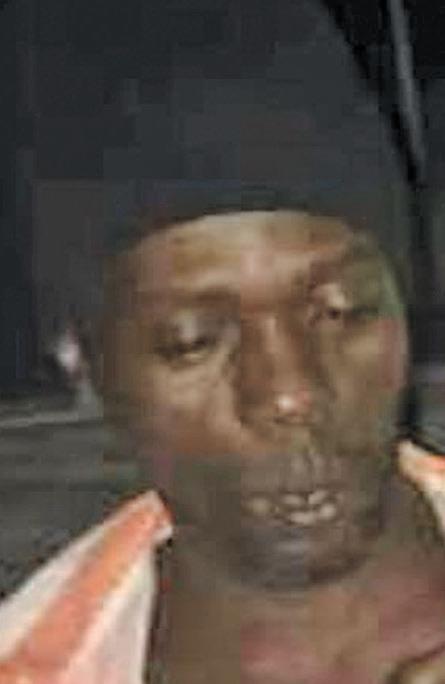
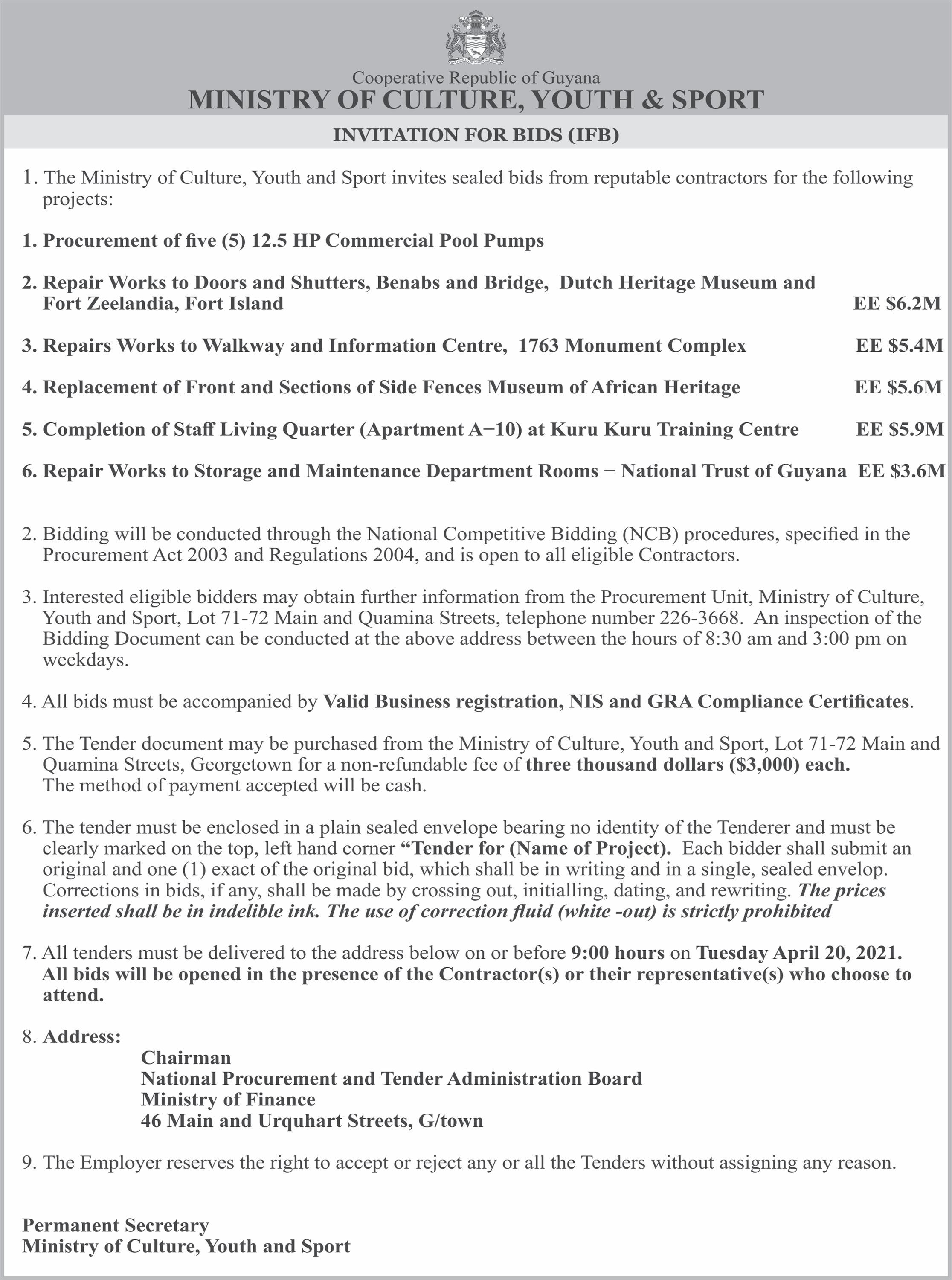
Fact checking…
…PNC apologists
There’s been a long, drawn out, back-and-forth debate between one Burnhamite functionary and a local columnist over one of Burnham’s pet projects – the Guyana National Service (GNS). It was introduced in the National Assembly in 1973, and was formally operationally launched in 1974. This seemingly arcane bit of Guyanese history is absolutely pertinent for the simple reason that PNC leader Granger has vowed to revive the GNS, and had taken concrete steps towards that goal after he slid into office in 2015.
Of recent, the PNC have tried to slant the GNS debate over whether it was compulsory (the Burnhamite denies this) or not. Now, to appreciate the issue, we must appreciate that the GNS was comprised of a whole slew of sections. There was the Guyana Youth Corps (GYC) – launched as far back as in 1968 – which collected unemployed youths supposedly to prepare them for farming in the hinterland after 2 years of military and agricultural training.
Granger had been involved in this initiative, and it wasn’t surprising he revived it in March 2019. The man never had an original thought in his head; he cannot think, but simply remembers what Burnham had done!
The graduates were given land, equipment etc to start farms, and were expected to be self-sufficient. Of the 1200 who were graduated by the time the GYC was absorbed in the GNS in 1975, not a single farm remains! Why? Nothing except that it was a hare-brained scheme that wasn’t fully thought out! The GNS had six units: the Young Brigade for primary school children (8-14 years); National Cadet Corps for secondary school children (12-18 years); New Opportunity Corps for juveniles committed to reform schools (up to 16 years); the Pioneer Corps for persons who had already left the school system (18-25 years); and the Special Service and National Reserve Corps for skilled adults.
The first three units were all compulsory, since they were part and parcel of the school curriculum which conscripted students had to follow. Most pertinently, all UG students had to pass through the Pioneer Corps before they could graduate. This was the most controversial, since it mandated students – including females – going into the hinterland to serve their stint. As it turned out, the fears –based on suspicions of the possibility of sexual harassment – were unfortunately and tragically realised.
So the PNC apologist is being quite disingenuous to claim repeatedly that “the GNS wasn’t compulsory” – just because it wasn’t all compulsory. The compulsory directive to UG students led to the majority of Indian-Guyanese females dropping out of their degree programmes because of their cultural value of unmarried women living with their parents.
But the “socialist” PNC ignored this norm.
…the National Service myths
According to Granger, the GNS established a number of “centres”: 1974 – Kimbia, Berbice River; 1975 –Tumatumari, Potaro River (taken from Youth Corps); 1975 – Papaya, Barima-Waini; 1976 – Jaguar, New River and Konawaruk, Potaro River; 1977 – Itabu Quarry and an agriculture complex at Tiger Creek; 1979 – the Boys’ School at Onderneeming, the Agricultural Institute at Arakaka and the Community School at Port Kaituma; 1981 – the Koriri Centre on the Canje River; 1982, Camp Cocos at Hope Estate and the Sophia Centre.
Granger continued: “The GNS cultivated 2,500 acres of cotton and various other crops, such as corn, legumes, sorghum and peanuts. It bred poultry, swine and other livestock, and moved into gold mining and stone quarrying at the Itabu and Teperu quarries, sawmilling and woodworking at Konawaruk; shipping with the ocean –going MV Jaimito, the trawler Waitipu and Papaya; a petrol station at Providence, a publishing centre at Ruimveldt and, in 1977, the settlement scheme at Kurubuku.
The question, of course, is: why have all these disappeared without a trace?
…Granger’s Youth Corps 2.0
In 2017, Granger announced he would re-establish the Youth Corps to prepare youths to develop themselves and the country. By 2019, he gave the charge to 500 specially selected green-shirted youngsters.
Where are they?
Readers are invited to send their comments by email to eye@guyanatimesgy.com
FRIDAY, APRIL 9, 2021 | GUYANATIMESGY.COM 18 persons succumb to COVID-19 in 1 week
…135 new cases in 24h …as CARPHA finds UK, US COVID variants in Caribbean
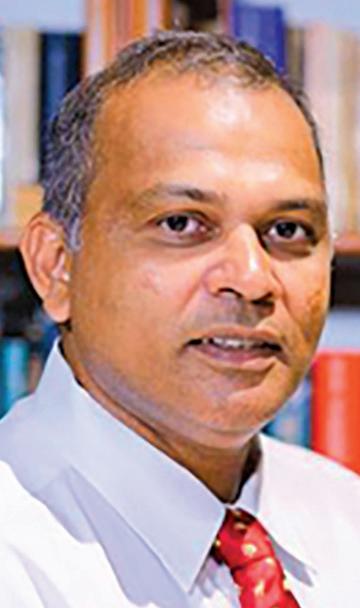
Health Minister, Dr Frank Anthony
An alarming coronavirus death rate has been recorded for April, with 18 persons succumbing to the disease in just one week.
Two more persons have died from the virus on Wednesday – taking the death toll to 252.
The Health Ministry announced the latest fatalities on Thursday as a 59-yearold male from Region Six (East Berbice-Corentyne) and a 73-year-old male from Region Seven (CuyuniMazaruni). They both died at respective medical facilities.
From 2344 swabs that were taken for analysis, 135 persons have tested positive. The total confirmed cases are now at 10,853 – 5,526 males and 5,327 females. Of this amount, 9,517 persons have recovered. There are 1,097 active cases, 13 in the Intensive Care Unit, 69 in institutional isolation, and 1,015 in home isolation. Another 10 persons are in institutional quarantine.
Guyana has tested 96,871 persons thus far. A breakdown shows that 87 of the new positives were detected in Region Four (Demerara-Mahaica) and 18 in Region Three (Essequibo Islands-West Demerara). There were eight in Region Nine (Upper TakutuUpper Essequibo), seven in Region Two (PomeroonSupenaam), seven in Region Five (Mahaica-Berbice), four in Region Six (East Berbice-Corentyne) and four in Region 10 (Upper Demerara-Berbice).
Cases in Regions One (Barima-Waini), Seven (Cuyuni-Mazaruni) and Eight (Potaro-Siparuni) remain at 1028, 962 and 241 respectively.
Health Minister Dr Frank Anthony said during Thursday’s COVID update that regions with high active cases are being monitored. Presently, Region Four leads with the highest number of active cases.
“Region Four has seen the highest number of active cases, but we also have significant amount of active cases in Region Three, and we have seen active cases in Region Seven. Most of the other regions are pretty stable, but we continue to monitor them and we continue to do testing.”
Abide by the guidelines
Notwithstanding, he said the guidelines and implemented measures should be followed in all regions, so as to prevent transmission. In recent times, hospitalisation has increased, and the younger population is also at risk.
The Minister stressed, “It’s in all the regions. If you don’t abide by these simple rules, you are going to have transmission, and that is what we’re seeing. Vaccines help to reduce the severity of the disease, and therefore, if people get vaccinated, we’ll see less people getting into the hospitals. We have seen an increase in hospitalisation, and to avoid that, we want people to get vaccinated.”
Only Wednesday, Dr Anthony said the authorities are not sure if there is a new COVID-19 variant in the country, which is resulting in more hospitalisations and more younger people becoming infected.
He noted that the only way to know this is via genetic sequencing of samples, and arrangements are being made to send samples to CARPHA for testing.
COVID variants
Meanwhile, CARPHA said on Thursday that it has found COVID-19 variants from the United Kingdom and the United States, as well as another variant similar to that of the Brazil variant, from samples sent by several Caribbean countries, but did not specify which.
“To date, CARPHA has detected cases of the UK variant in several Member States. While no cases of the Brazil or South Africa variant have been detected in the Region, US variants of concern and a variant similar to the Brazil variant have been detected,” the agency stated.
Since December 2020, CARPHA has been working with the University of the West Indies, St Augustine on genome sequencing. Countries have been requested to send an allocation of ten samples per month, which meet the requirements for sequencing.
“CARPHA urges Member States to remain vigilant and continue to enhance their surveillance capacity to screen, identify, test, quarantine, isolate and trace contacts of new cases, supported by public health prevention and control measures. During this critical phase of the pandemic and beyond, CARPHA will provide technical support, advice and the highest quality service to help inform decision makers in its Member States,” a statement added.

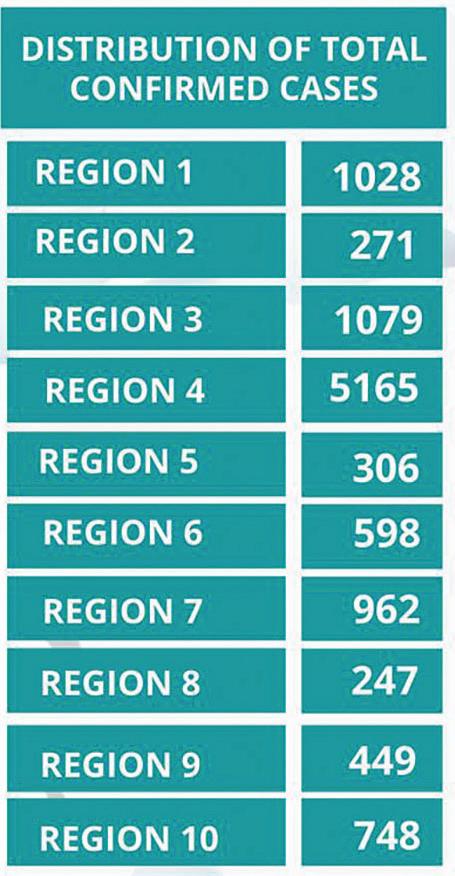
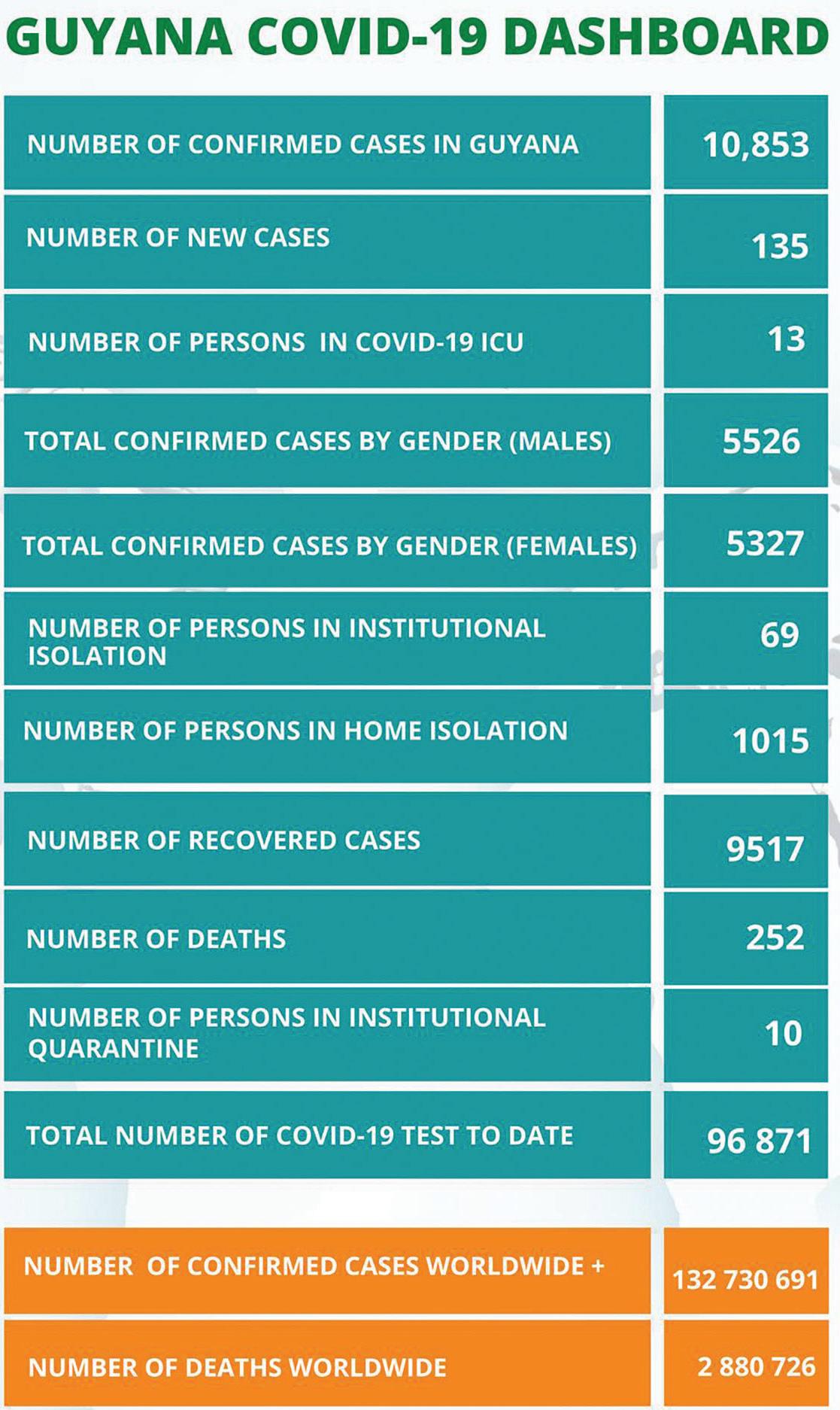
(G12)



